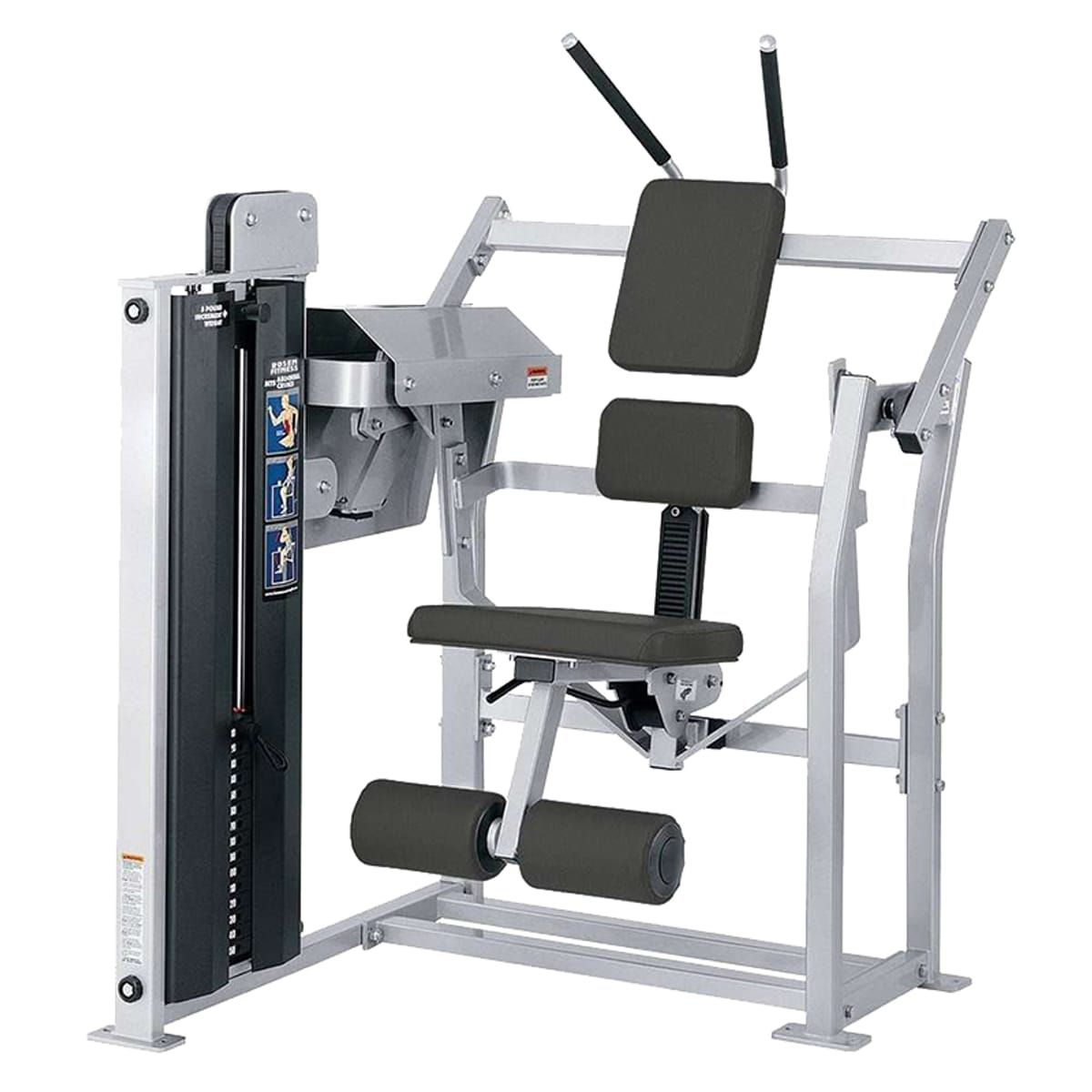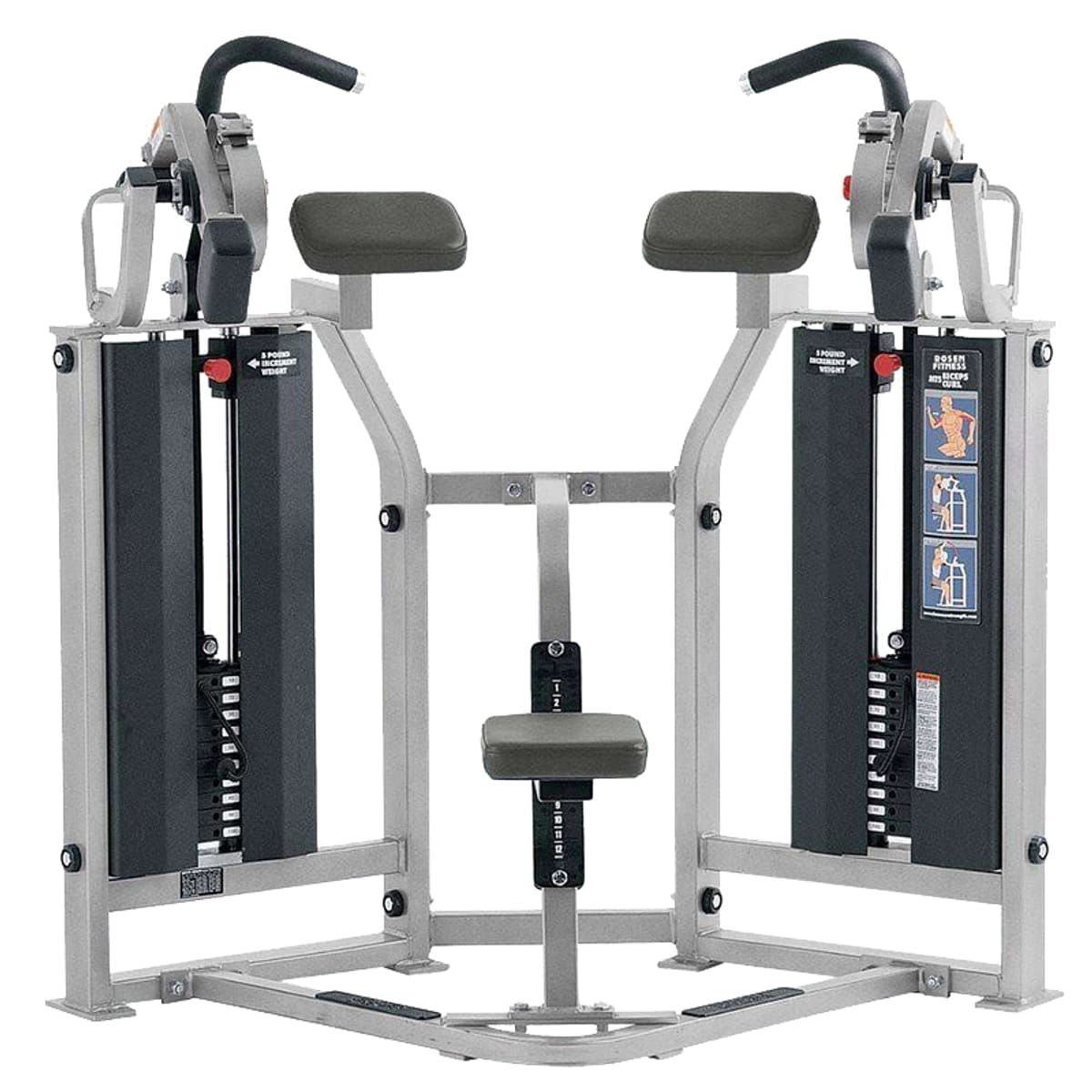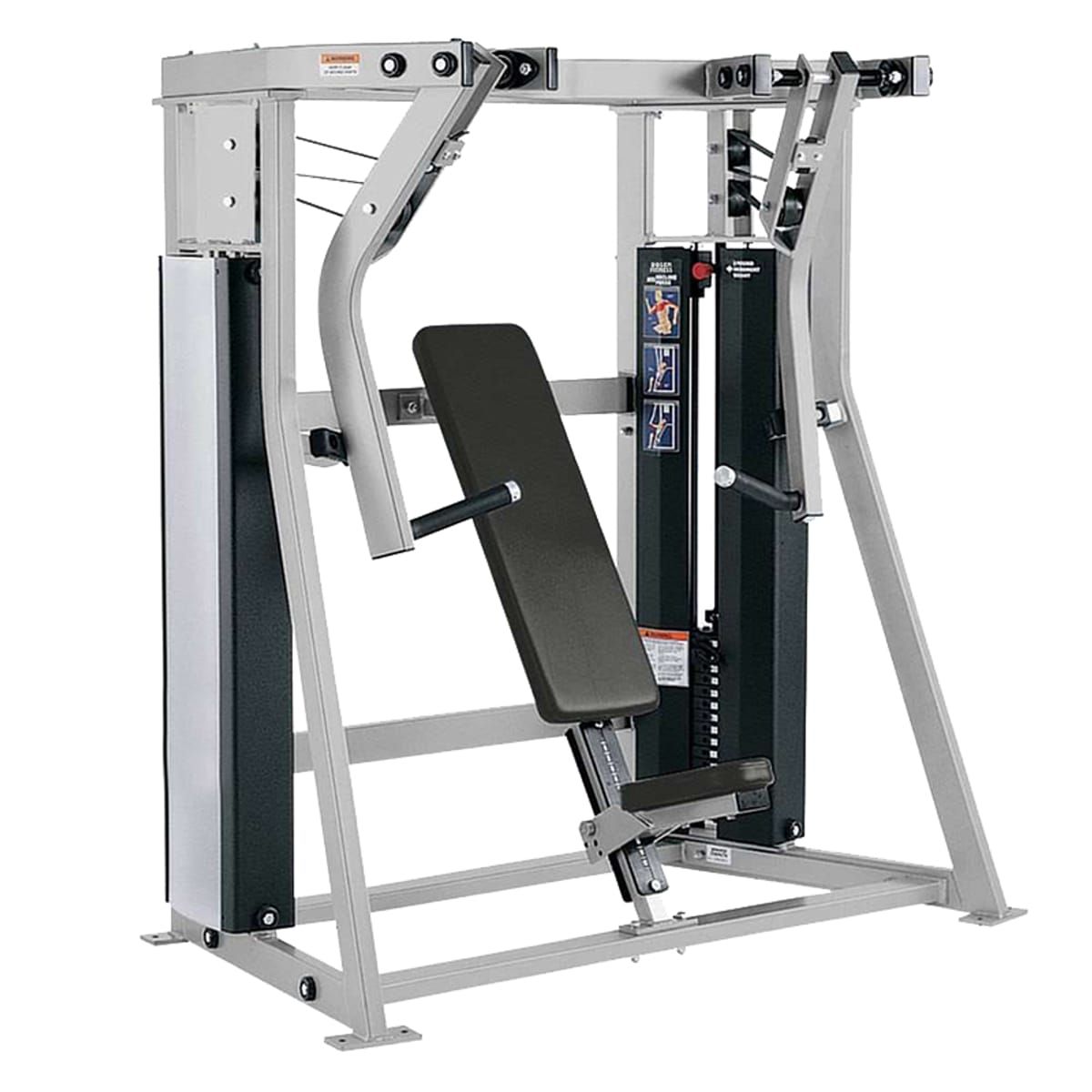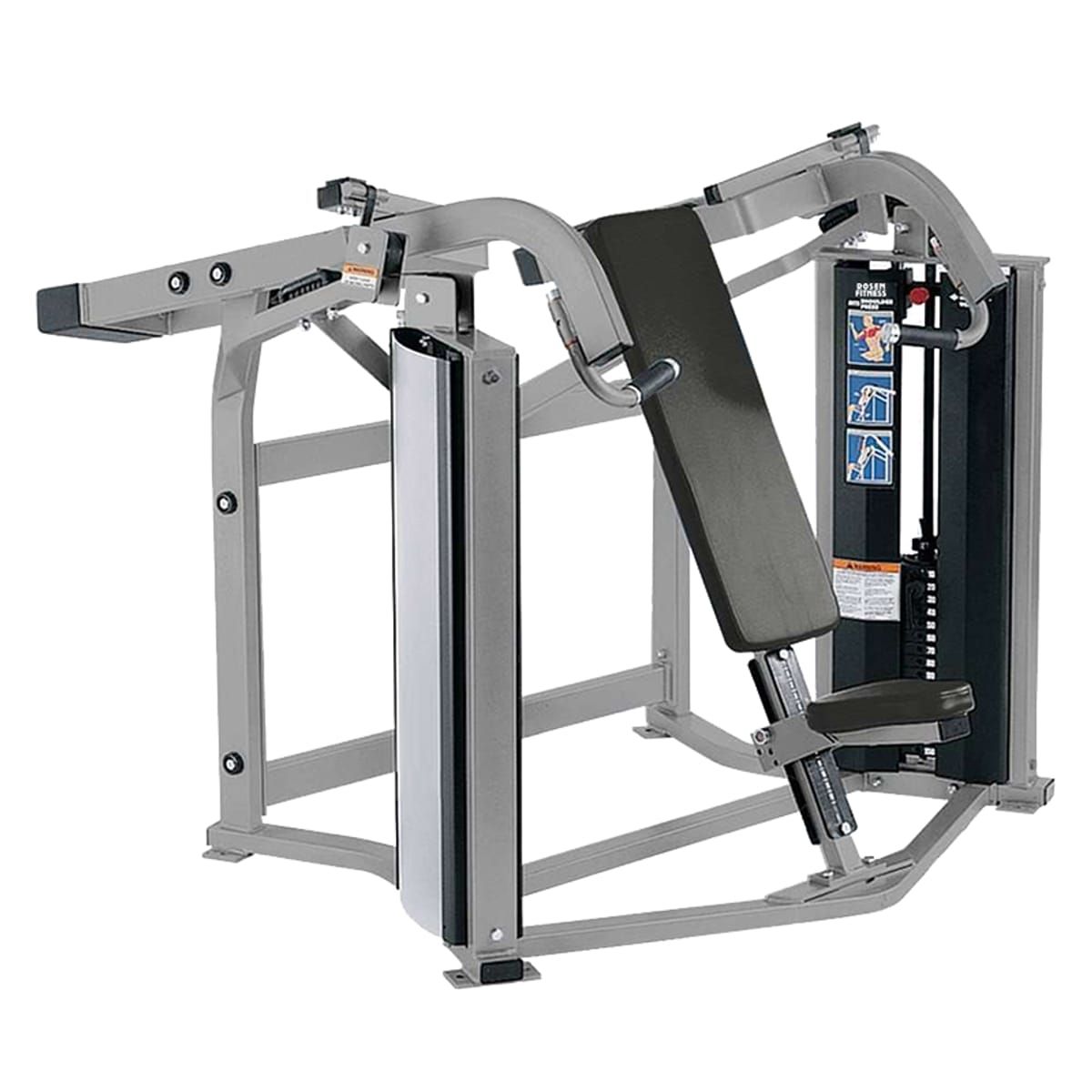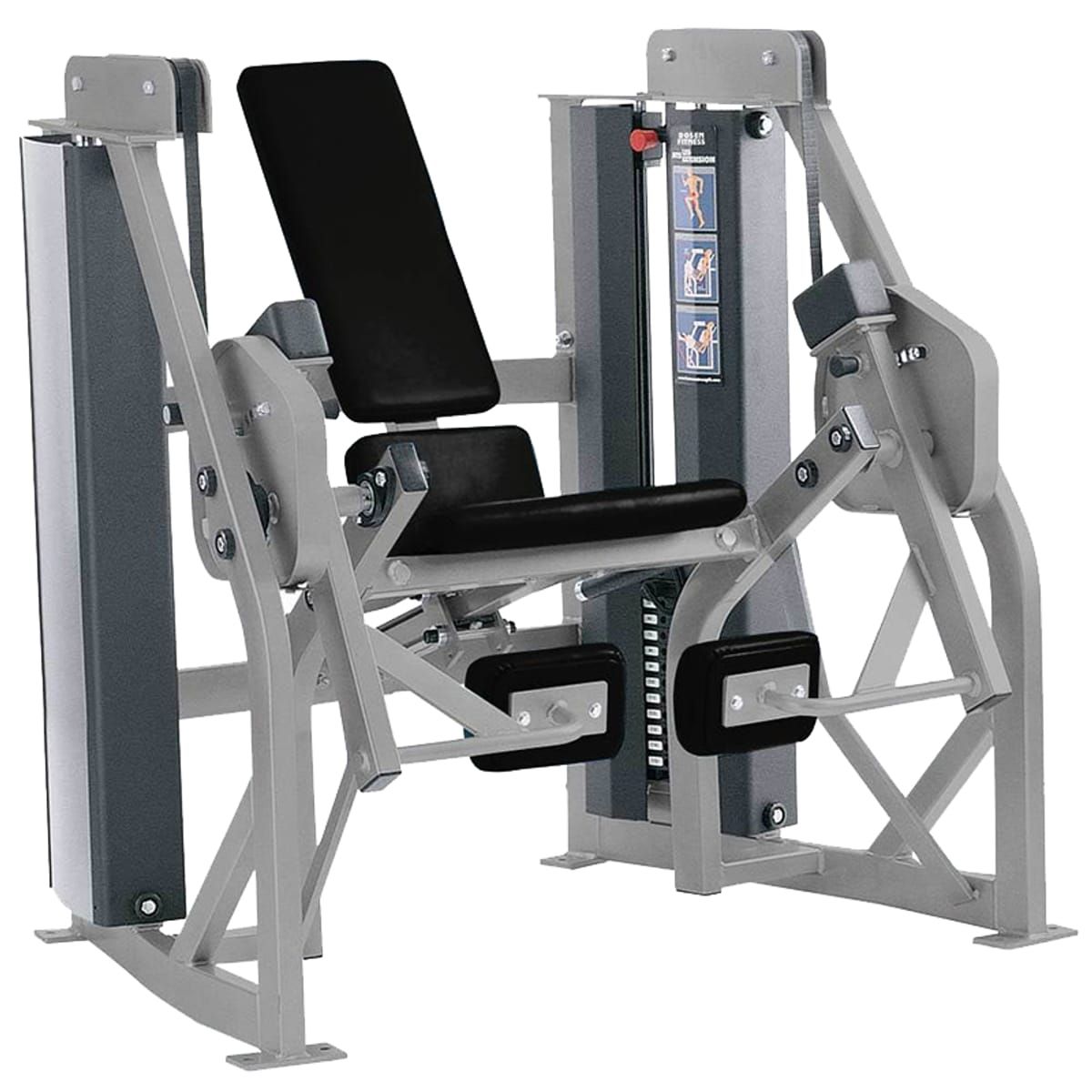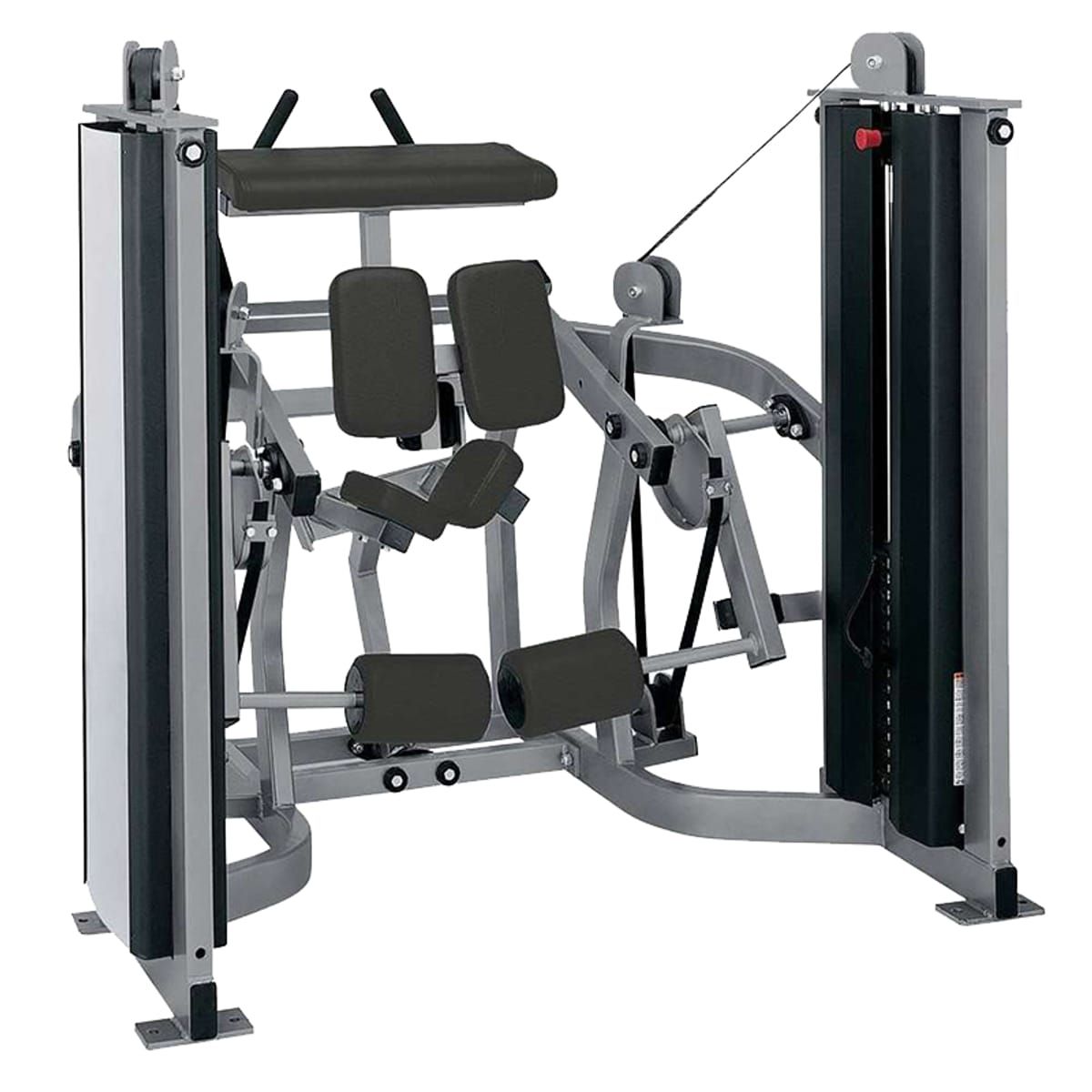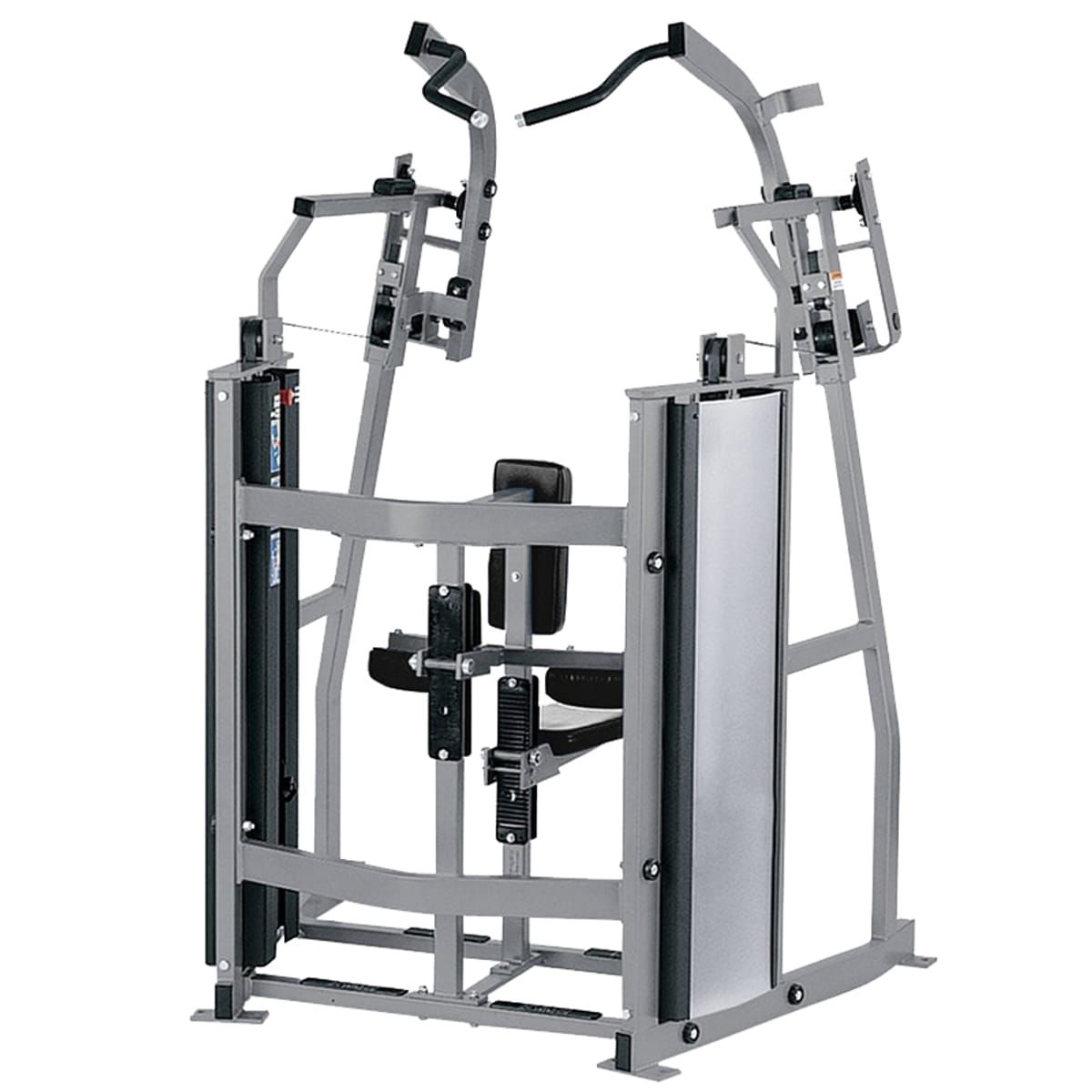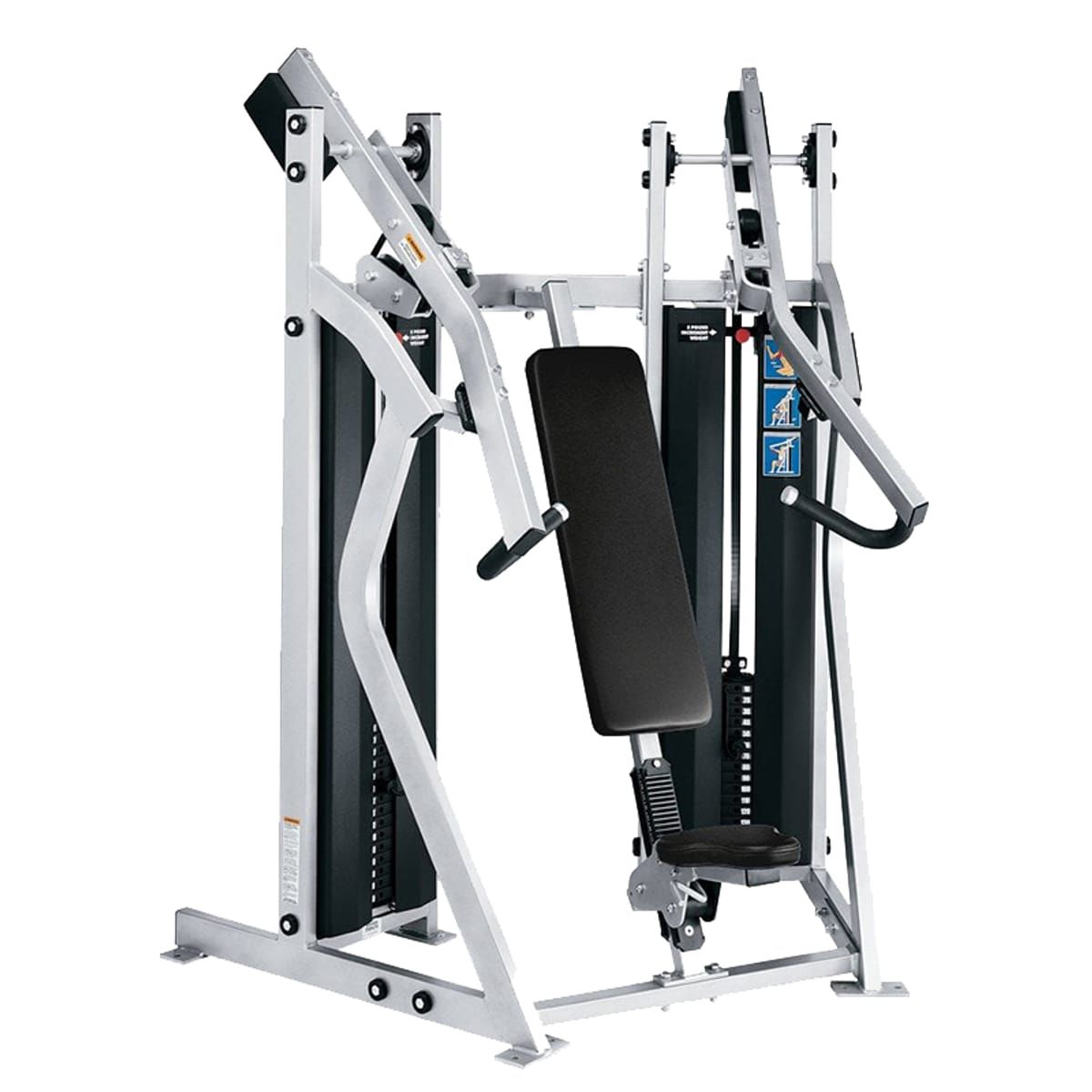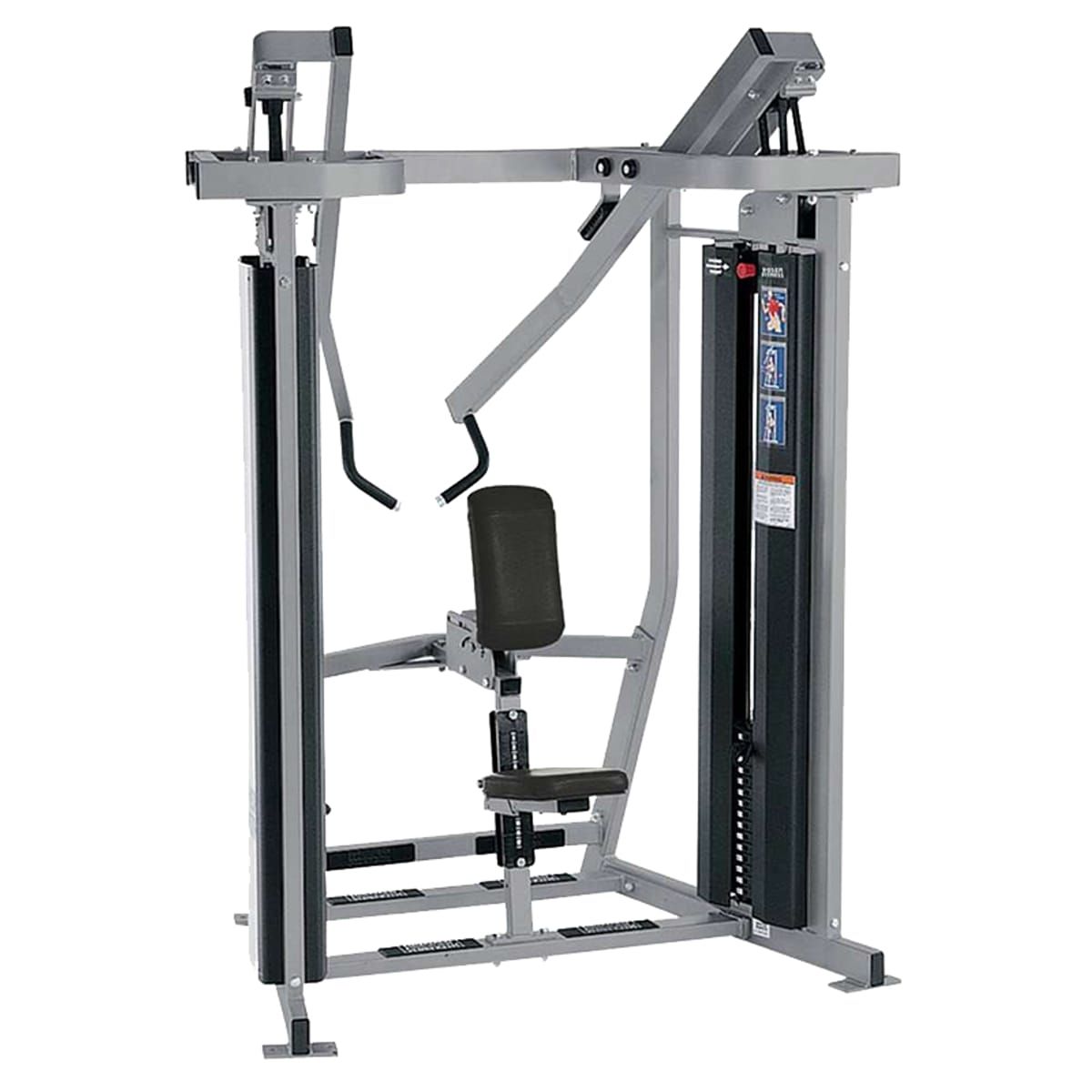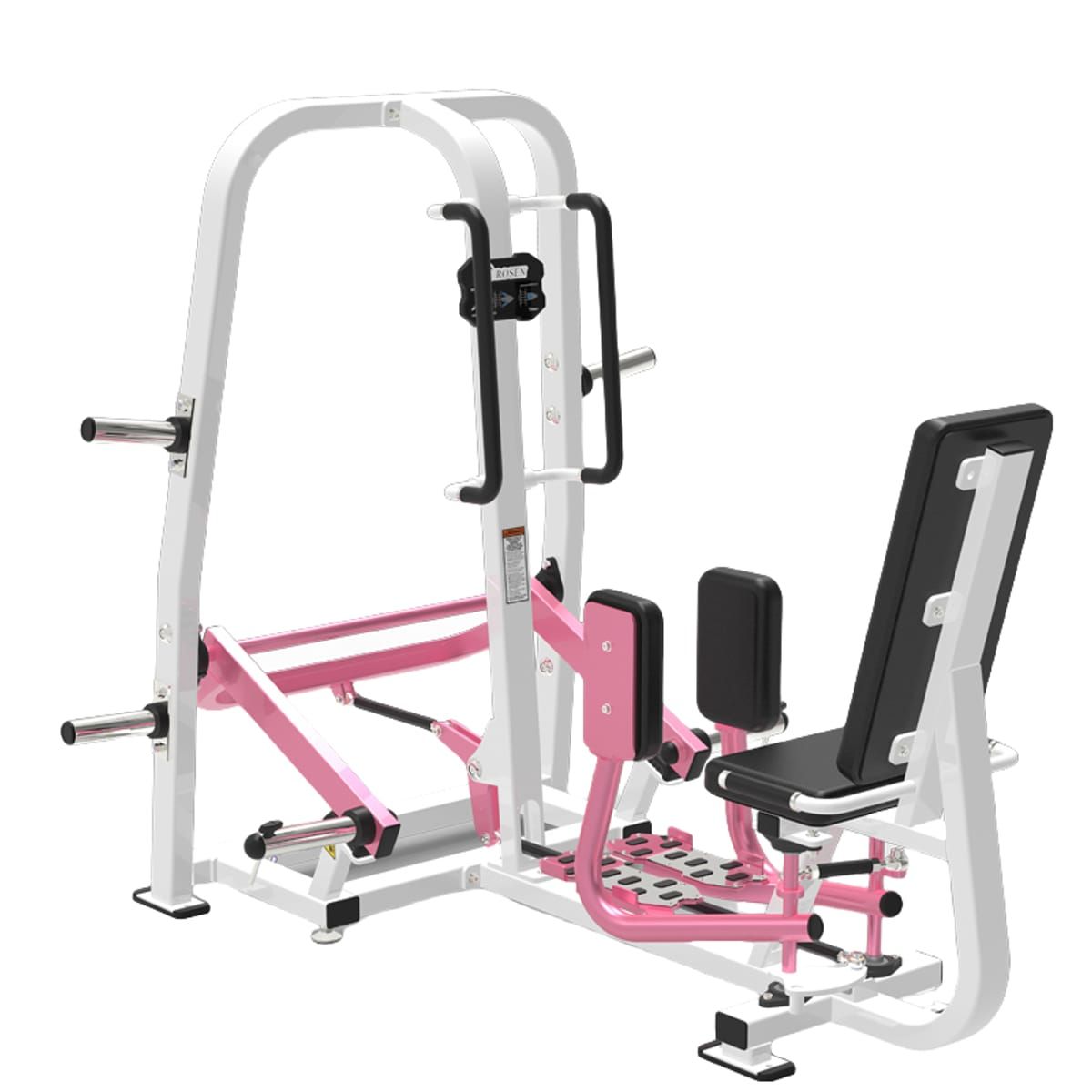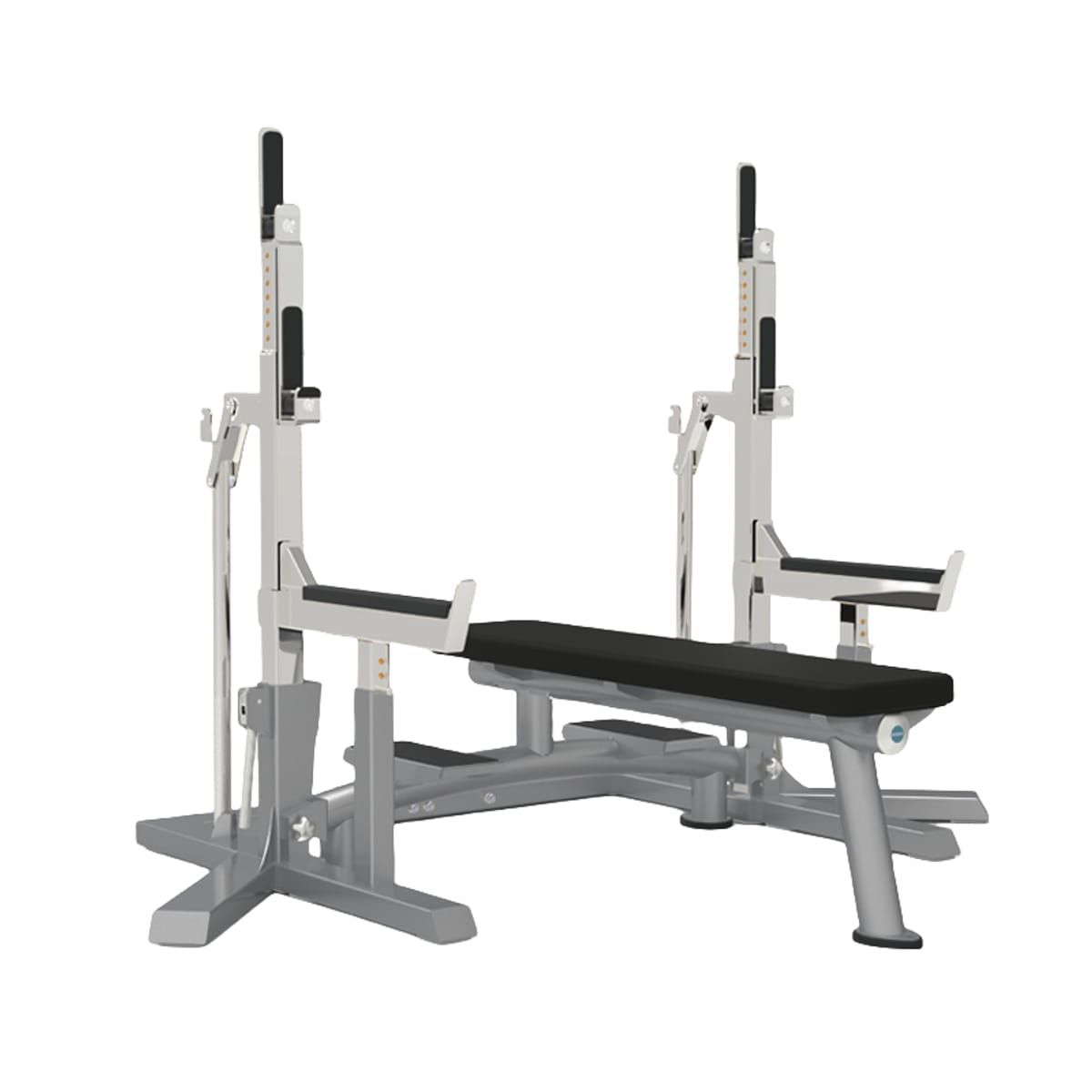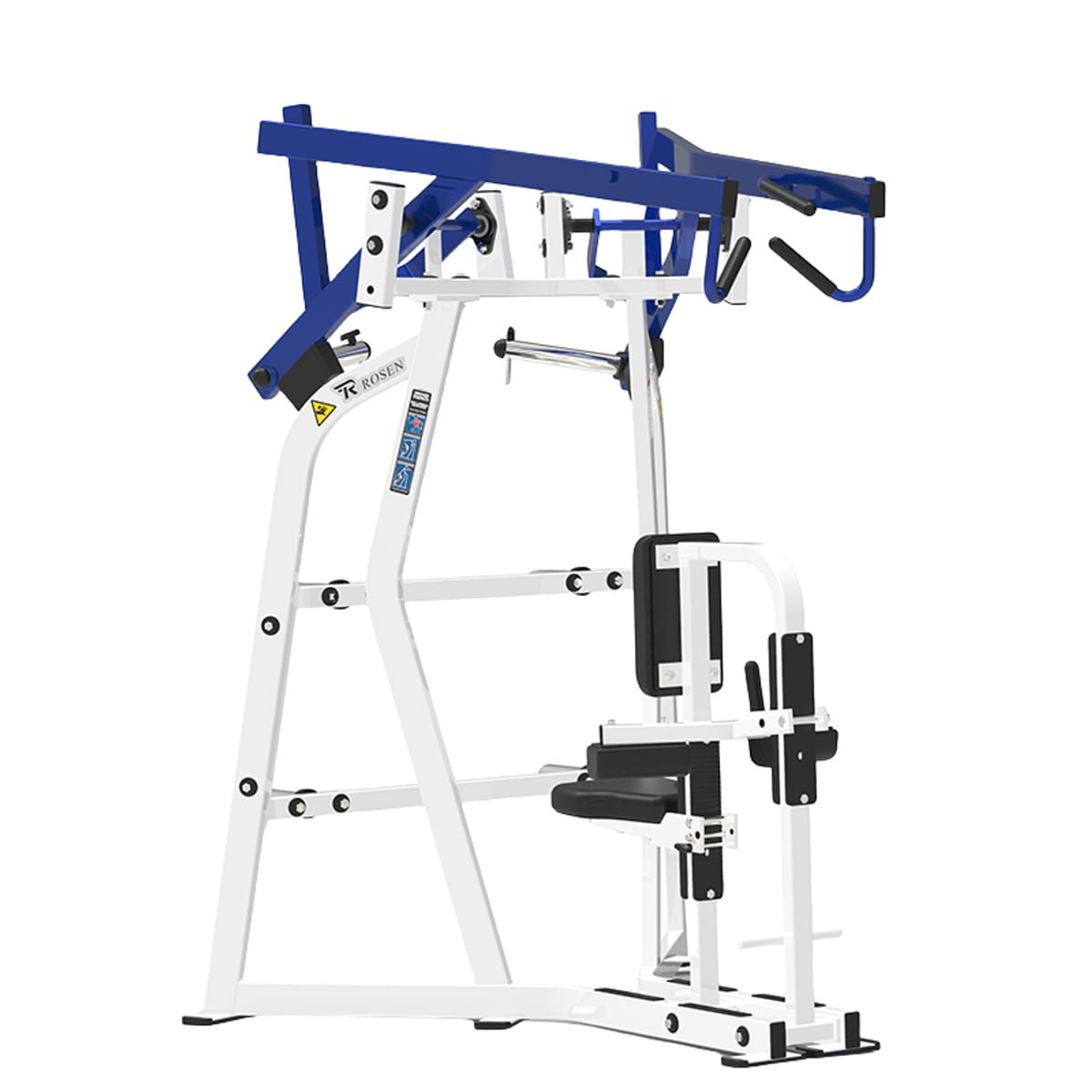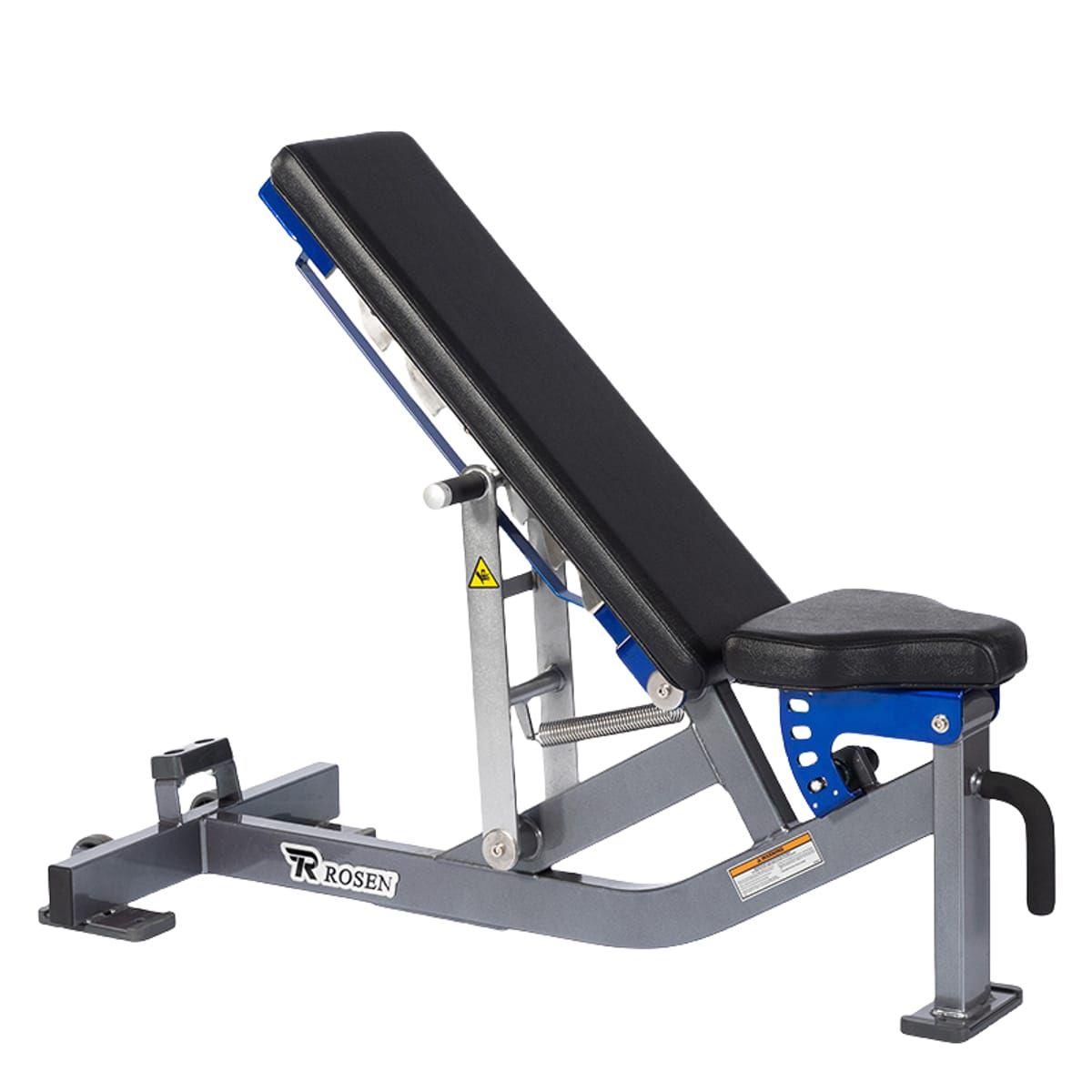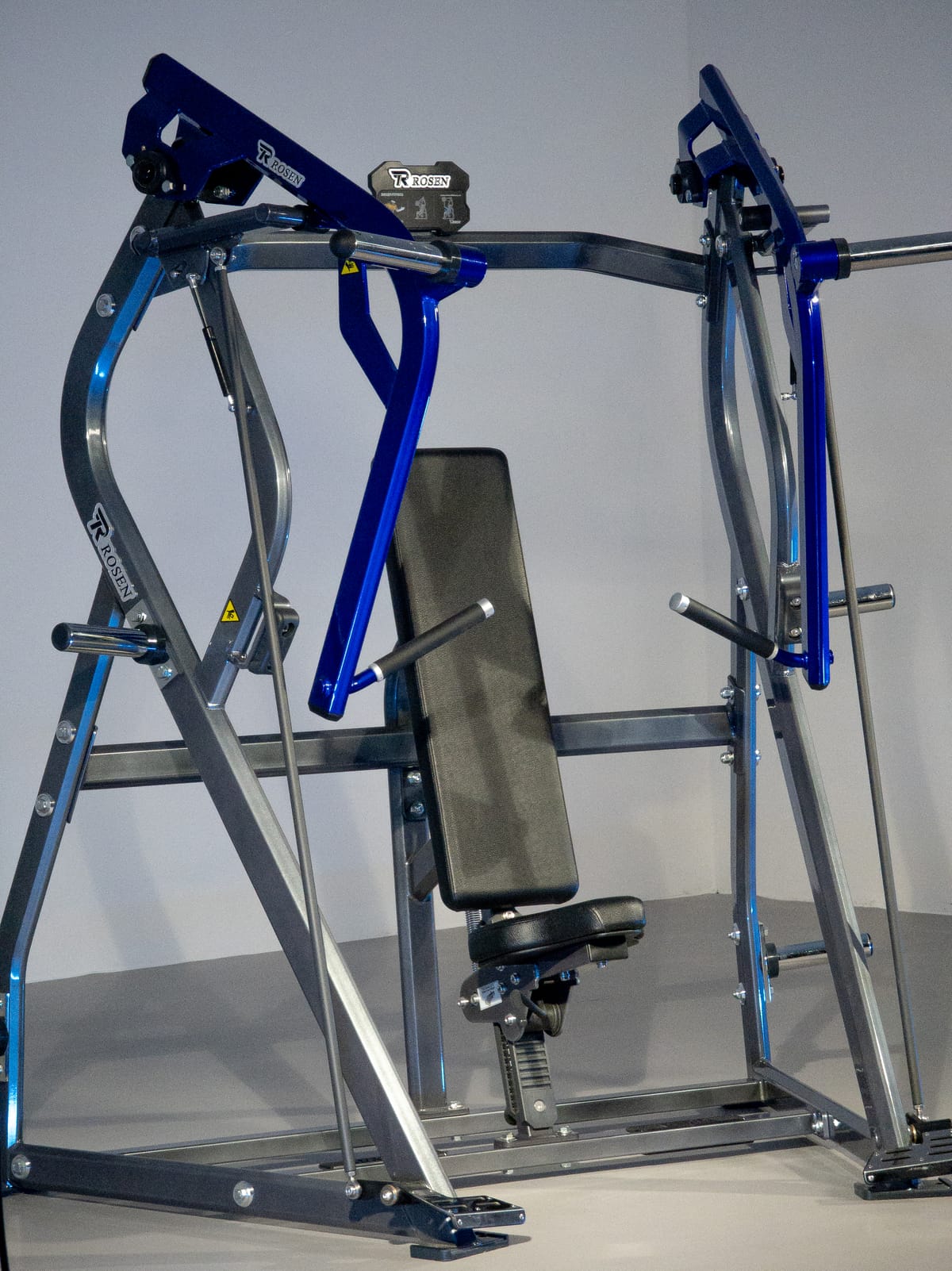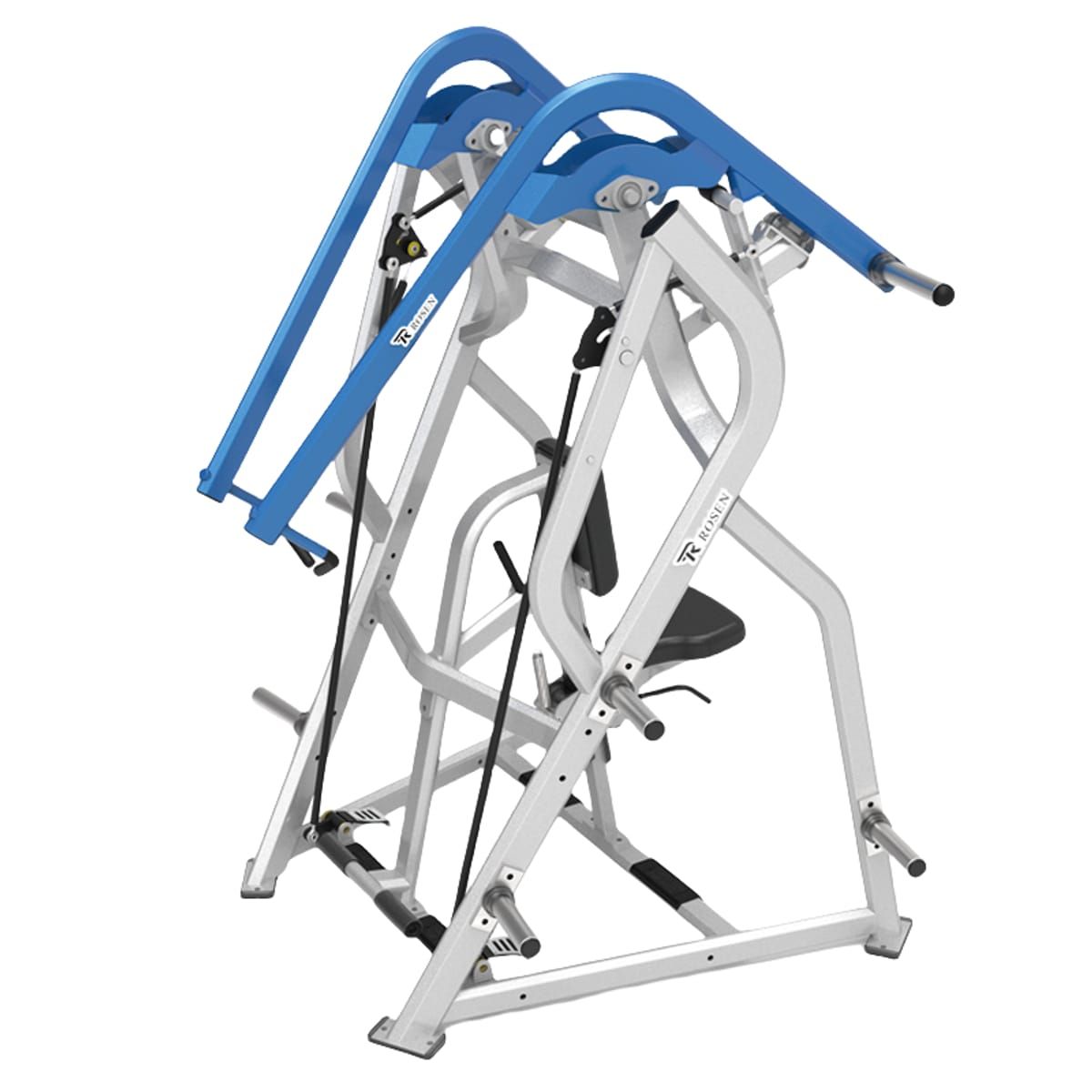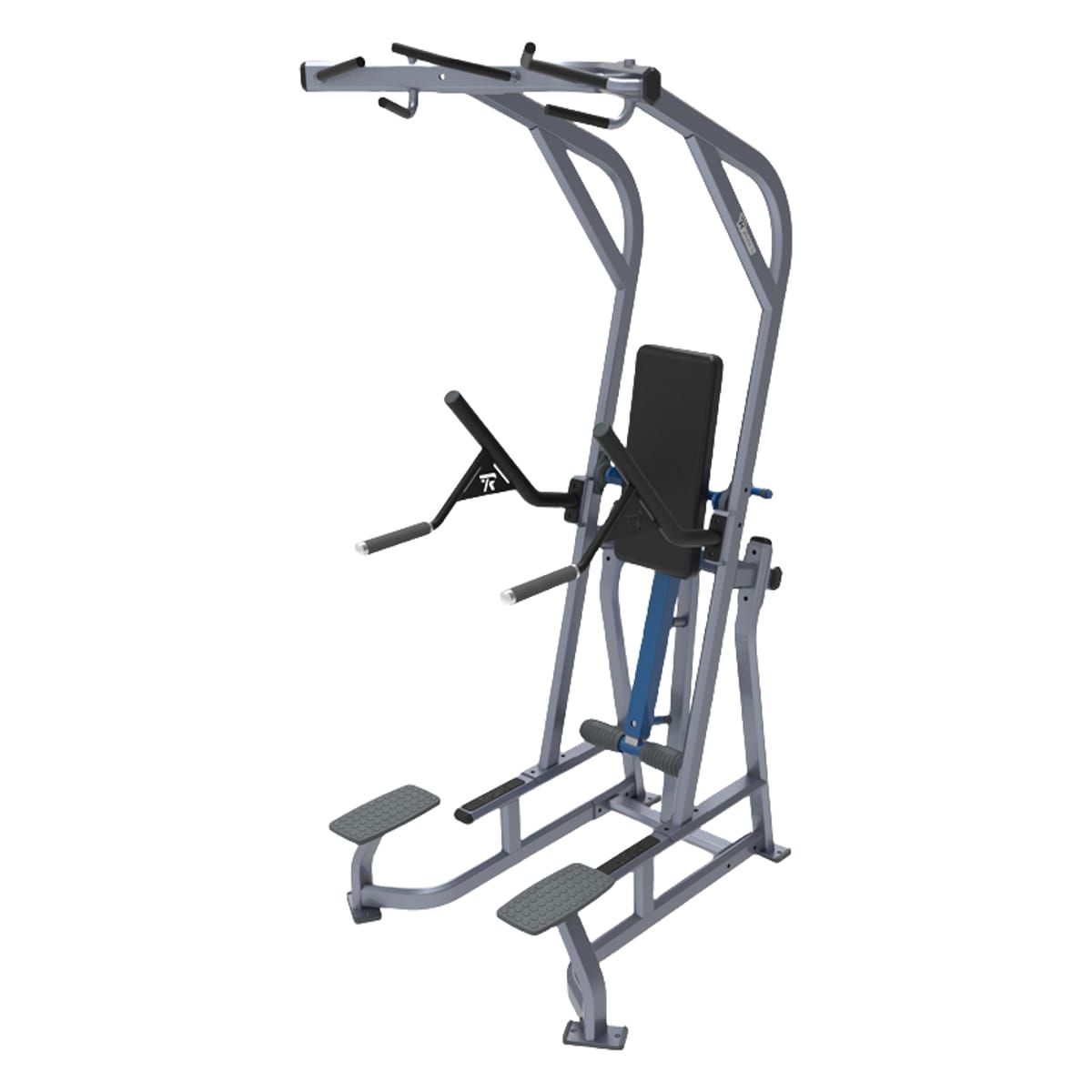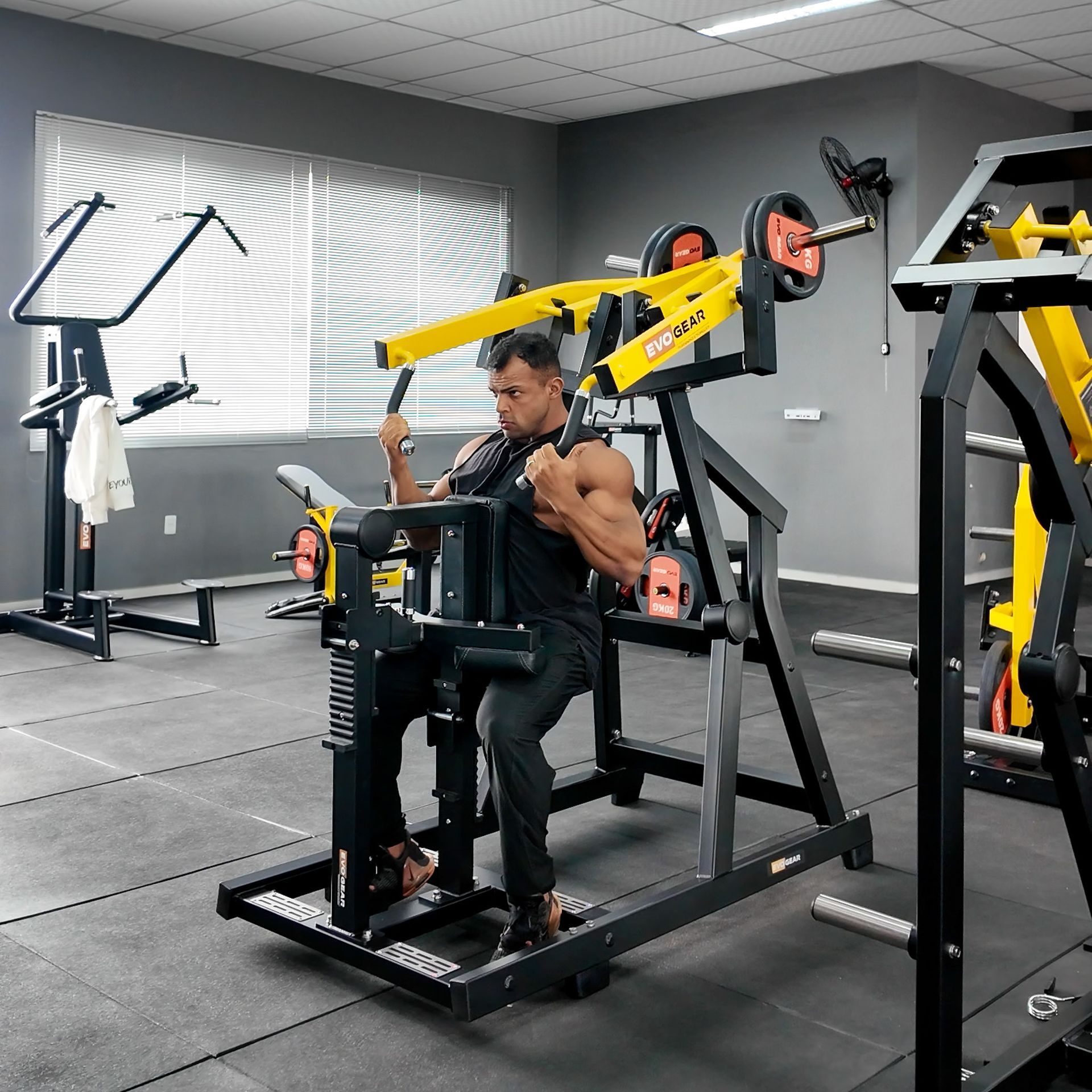Tendências em Academias Low-Cost: Panorama Atual no Brasil
Artigos Recentes
Navegue pelas nossas publicações recentes e novidades
Introdução
The fitness market in Brazil has evolved dynamically in recent years, and one of the segments most impacted by this transformation is low-cost gyms.
With the increase in the number of practitioners and the growing demand for affordable services, these gyms have become a popular choice among Brazilians seeking quality and savings. However, with rising operating costs and the demand for personalized services, the business model of these gyms is facing new challenges.
This article explores the key trends shaping the future of low-cost gyms in Brazil and how the sector is adapting to remain competitive.
The Evolution of the Business Model of Gyms in Brazil
The Brazilian gym market is one of the largest in the world, and the concept of low-cost gyms began to gain traction in the early 2010s. These gyms focused on simplicity of services, with affordable monthly fees and a streamlined structure. Modern equipment, without unnecessary luxuries, and the absence of personal instructors or classes included in the basic package were common features, allowing these gyms to offer competitive prices.
Over time, consumer profiles began to change, demanding more services and a more complete experience. This movement generated the need for an evolution in the business model, with low-cost gyms seeking to integrate new services, such as digital training programs and personalized services, even if at additional costs.
The Growth of Gyms in Brazil
The rise of low-cost gyms in Brazil has been driven by several factors. Firstly, the growing awareness of the importance of a healthy lifestyle has increased the number of people practicing physical activities. According to the Panorama Setorial Fitness Brasil of 2024, the country registered the following number of TOTAL active physical activity centers in Brazil:
- 2014: 19.266 academias registradas
- 2016: 26.157 academias registradas
- 2018: 34.162 academias registradas
- 2020: 41.521 academias registradas
- 2022: 49.978 academias registradas
- 2024: 56.833 academias registradas
The competitive advantage of low-cost gyms, among the total number of gyms above, is their affordable prices, often below R$ 100,00 per month, attracting customers who previously could not afford to pay for traditional gym memberships. The economic crisis that impacted Brazil also contributed to the success of these gyms, as consumers began to prioritize more controlled spending.
However, the low-cost model had to adapt to continue growing, especially with the pressure to include new services, such as group classes and customization options, while remaining attractive to the public.
Demographic Changes and the Role of Geography in the Fitness Industry
The location of low-cost gyms plays a key role in the success of the business. Most of these gyms are located in more populated regions and densely populated urban centers, such as São Paulo and Rio de Janeiro.
According to data from CONFEF (Federal Council of Physical Education), São Paulo leads the country with more than 189 thousand registered physical education professionals, followed by Rio de Janeiro with around 65 thousand.
Furthermore, increased urbanization and the concentration of gyms in large capital cities make demographics a crucial factor for pricing and audience segmentation strategies. In smaller cities, gyms need to adjust their prices and offerings to attract a locally diverse and often lower-income customer base.
Demand for gyms in more peripheral areas is also growing, as residents of these regions seek convenience and more affordable prices, creating new expansion opportunities for low-cost gym chains.
Impact of Rising Costs on the Sector
Although the business model of low-cost gyms is based on cost efficiency, the sector has faced challenges with increasing operating expenses. Among the main factors are the increase in the price of electricity, salaries and equipment maintenance costs. According to the Panorama Setorial Fitness Brasil, the number of active CNPJs of gyms in Brazil has tripled in the last decade, reaching 56.833 in 2024. However, the significant increase in new businesses has been accompanied by increasing expenses.
Furthermore, inflation and the energy crisis directly affected the price of monthly fees, which needed to be readjusted to maintain sustainable operations.
However, low-cost gyms need to balance these adjustments with their customers’ price sensitivity. A large increase could result in losing customers to competing gyms that offer a more robust value proposition, or even to other workout formats, such as outdoor activities.
Personalization and Technology: The New Era of Training
Personalization in training is quickly becoming a common demand in the fitness market, and budget gyms cannot afford to ignore this trend. With the advancement of tracking technologies and workout apps, consumers are increasingly interested in training plans tailored to their individual needs.
Gyms that invest in technology to integrate these solutions can differentiate themselves by offering not only affordable prices, but also a value-added experience to their customers.
The use of workout management apps like WellHub, which connect members to digital wellness platforms, is an innovation that many budget gyms are already adopting. Additionally, online training and virtual classes are other offerings that can increase customer retention by allowing members to work out from anywhere.
The Relationship Between Health, Exercise and the Fitness Market
The increased awareness of the importance of maintaining an active and healthy lifestyle is directly linked to the growth of the gym market in Brazil. Industry data shows that 95% of Brazilians who attend gyms do so in order to improve their physical and mental health, especially after the impact of the COVID-19 pandemic.
The trend is that this search for a healthy lifestyle will continue to drive demand for gyms, as long as they can offer welcoming and results-focused environments, as well as personalized support for each type of practitioner. Investing in qualified professionals and technologies that monitor students' progress can be a decisive factor in keeping customers engaged and increasing the length of time they stay at gyms.
Conclusão
Low-cost gyms in Brazil have undergone a significant transformation in recent years. Rising costs and changing consumer expectations have required business model adaptations to remain competitive. Personalization, technology and a focus on well-being are trends that cannot be ignored.
To survive and thrive, low-cost gyms will need to continue to innovate, balancing service offerings with maintaining affordable prices.
This way, they will be able to reach new audiences and position themselves solidly in the growing Brazilian fitness market.
FAQ | Frequently Asked Questions:
- Quais são os principais desafios para academias low-cost no Brasil?
Os principais desafios incluem o aumento de custos operacionais, como energia e manutenção de equipamentos, além da necessidade de atender à demanda por personalização e novos serviços. - As academias low-cost ainda conseguem manter preços acessíveis?
Sim, mas precisam equilibrar os aumentos de custos operacionais com estratégias que não afastem seus clientes sensíveis ao preço. - Como a tecnologia está mudando o mercado de academias low-cost?
A tecnologia permite a personalização de treinos e maior acessibilidade aos serviços, como monitoramento de performance e aulas online, atraindo mais clientes. - O que significa a personalização no contexto de academias low-cost?
Significa adaptar planos de treino, dietas e acompanhamento conforme as necessidades individuais, utilizando ferramentas digitais e tecnologias de monitoramento. - Como o conceito de bem-estar está sendo integrado nas academias?
Academias estão oferecendo serviços de recuperação, como massagens e alongamentos, além de integrarem tecnologias que monitoram aspectos como sono e nutrição. - As academias low-cost têm futuro no Brasil?
Sim, desde que continuem a evoluir e integrar novas tecnologias e serviços que atendam à demanda do público por personalização e bem-estar a preços competitivos.
Conheça Nossos Equipamentos



